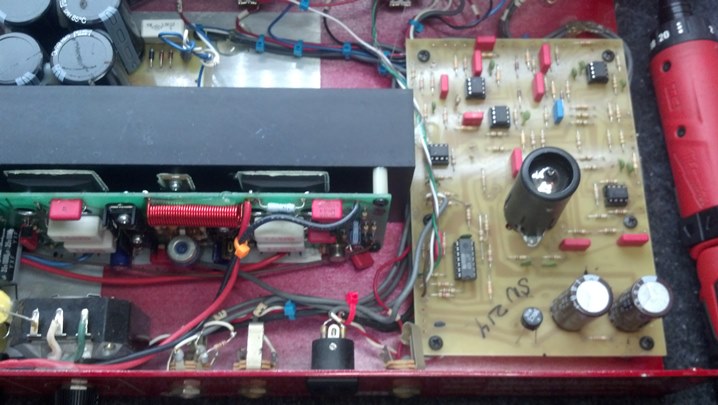Roy Bowen and Scott Leedy of RS Guitarworks in Winchester, Kentucky had it in their hearts to reach out to Houston area musicians, documenting their experiences gained while working with flood-damaged guitars during the big flood in Nashville back in 2010. The Unbrokenstring Crew is honored and blessed to be able to publish this document for your edification. This supplements my previous post, which was general in nature and included electronics. To wit:
Guitar Flood Triage
Below is a list of steps that we developed while restoring guitars from the Nashville flood and Hurricane Sandy. The following steps should be taken as soon as possible.
- First remove strings.
- If truss rod is not removable, loosen truss rod ½ turn, add a couple of drops of penetrating oil on the threads then tighten ¼ turn. On vintage Fender or Gibson guitars where the truss rod can be removed, remove truss rod lug. Oil the threads then re-install snug but not tight. You want to make sure threads are lubed so the truss rod does not rust in place.
- Remove all parts from body including hardware and electronics. Wood will try to move and solid items like screws & tuners will not let it move. This can cause cracking of the wood, as well as cause rust staining in the wood.
- On bolt on instruments remove the neck.
- Take all hardware and place it in bags filled with uncooked rice and leave it until you are ready to re-assemble.
- All electronic parts such as pots and switches should be cleaned with a quality electronics cleaner and then stored in uncooked rice as well.
- Air-drying of the wood is best after parts have been hand dried inside and out. Keeping guitars in a small room with a dehumidifier can also help.
- Do not try to use any cleaners on the finish or hardware of the guitar until it is properly dried and stabilized.
- Do not try to tape down loose binding or wood coming un-glued as it may damage fragile finish loosened by water
- Get the guitar to a qualified repairman as soon as possible.
Be sure to visit http://www.rsguitarworks.net to tell them THANKS and to check out their restoration work with other water-damaged guitars.
Thanks for reading all the way to the end!
CONTACT – David Latchaw EE
281-636-8626



















































